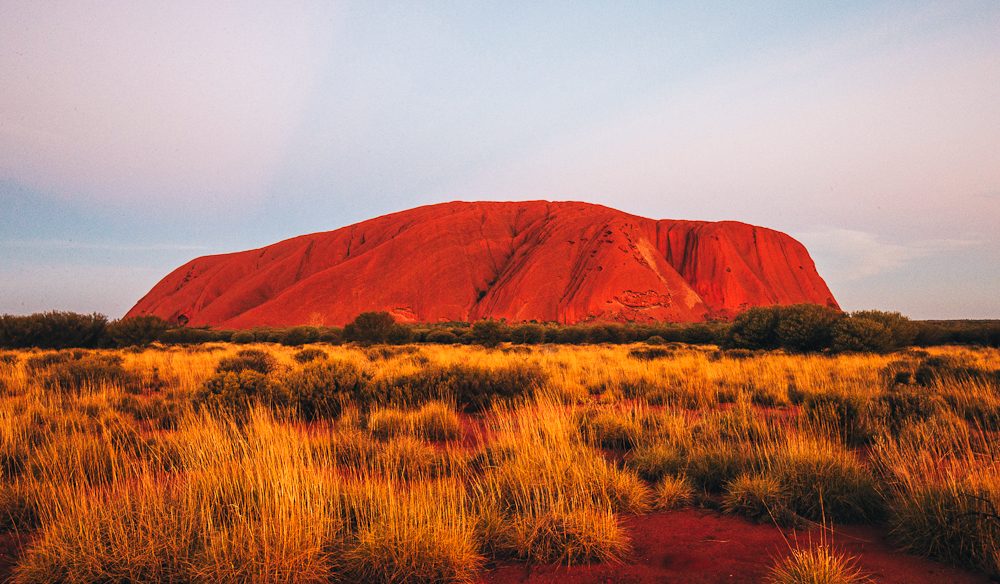30 September 2020
![]() 2 mins Read
2 mins Read

Whats exactly does ‘eco’ travel mean? We get down to the nitty gritty of what it means to travel sustainably in five questions in five minutes with Ronda Green from Wildlife Tourism Australia.
1. What does eco travel actually mean?
It’s trying to minimise any negative impacts on fauna, flora and habitat, so that activities can continue for decades without changing the behaviour of the animals, the numbers of species, the water quality or the scenic value.
2. Why should we care?
Firstly, it can affect future travel. If we don’t travel sustainably, some of the very reasons we visit places will gradually disappear. We also have a responsibility to the places we visit to avoid affecting other animals and the environment.
3. What do we need to do?
Choose travel options that are eco-certified or have convincing statements about their commitment to the environment. We can minimise our impacts by not littering, not feeding wildlife and being unobtrusive to animals. We can also buy local foods and other products to benefit the residents of the area, and be generally respectful of local people and places that are sacred; it’s disrespectful to climb Uluru for instance.
4. I don’t always travel sustainably, should I have eco-guilt?
If we generally choose eco-friendly options, we don’t have to be absolutely purist about every detail, every day. We can indulge in a bit of extra luxury now and then.
5. What are three easy things we can do to be more responsible?
Choose accommodation, tours and wildlife parks that have some eco-certification or that make it clear they’re dedicated to protecting the environment. Reduce fossil fuels by buying local food and using public transport. And be careful not to influence animal behaviour by scaring them or feeding them outside of designated areas.
Huon Bush Retreats, just south from Hobart Tasmania, scores pretty well on every one of the points in this article.
1: As a private habitat reserve, HBR doesn’t just minimise impacts, it has rehabilitated damaged land to native habitat.
2: Future travel and eco-protection are protected by conservation covenants in perpetuity. These limit tourism expansion and mandate ongoing protection.
3: Sustainable features assessed by Green Globe. HBR outperforms best practice on every measured criteria. Aboriginal Tasmanians are acknowledged as the traditional owners and have shared a couple of their stories in the interpretive panels along the walking tracks. Wildlife is protected and lives without cages.
4: Eco-guilt is not an issue as the heating, water and solar electric are carbon neutral. The small amount of fossil fuels are vastly offset by carbon intake making HBR 3800 tonnes per year carbon positive (yes, positive)
5: Bringing it all together as a package; Relax, explore and experience nature in an extensive carbon positive habitat reserve.